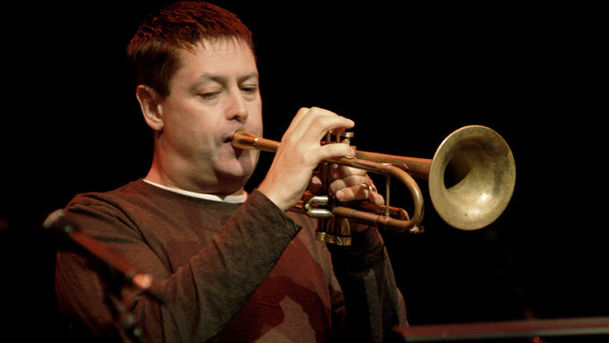Jazz Junctions - The Night We Called It A Day

Guy Barker continues to explore the history of jazz, focusing on the turning points and pivotal events that have shaped the genre, and discovering some great stories and larger-than-life characters along the way. Episode five, The Night We Called It A Day, looks at Frank Sinatra and the "Sing Era". In January 1942, Frank Sinatra had been the featured singer with the Tommy Dorsey Orchestra for exactly two years. During that time his popularity had taken off and he realised that, in order to capitalise on this, he had to break away from Dorsey and launch his solo career. The defining moment came on 20 September 1942: Sinatra left Dorsey and went on to record-breaking success at the Paramount Theatre in New York, originally supporting and then overtaking Benny Goodman, the "King of Swing", as top of the bill. It was the beginning of the end of the Swing Era and the start of the "Sing Era". Sinatra's timing was perfect: America was at war and the wives and girls of the departed GIs wanted a target for their emotions; and Sinatra was it. The war, coupled with the disastrous two-year Musicians' Union recording ban started a tail-spin for the big bands, leaving the door wide open for the singers they had helped to create. Frank Sinatra, Dick Haymes and dozens more singers were allowed to make records with vocal backings, and as the back catalogue of big band records ran out, the singers flooded the charts, sealing the fate of the big bands. The bands' demise was astonishing in its speed: in 1945 the big band scene was booming, but by the end of 1947 it was dead. Guy examines the collapse of the big bands and the rise of the singers via brand new interviews with Frank Foster, Louise Tobin, Buddy DeFranco, George Avakian, Terry Gibbs, Dave Brubeck, Scott Yanow, Ira Gitler, Dame Cleo Laine and Bruce Boyd Raeburn, alongside archive of Sammy Cahn, Nat "King" Cole and John Hammond.